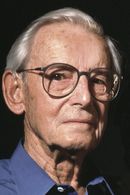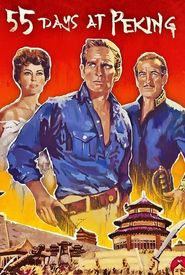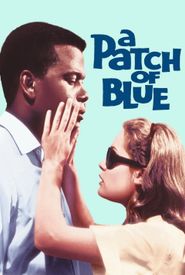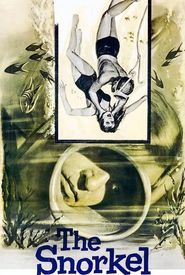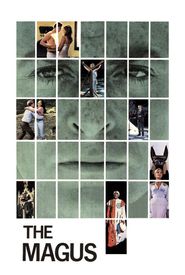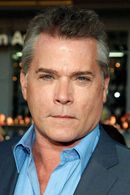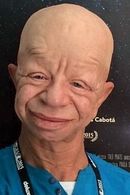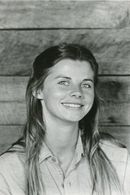Guy Green is a renowned figure in the film industry, previously working as a cinematographer before transitioning to direction. He made history as the first British D.P. to receive an Academy Award for his black-and-white photography on David Lean's Great Expectations (1946). Green co-founded the British Society of Cinematographers alongside Freddie Young and Jack Cardiff.
Green's close association with Lean inspired him to give up cinematography at the height of his career to pursue direction. He directed two early films, Triple Deception (1956) and Desert Patrol (1958),during which he collaborated with actors Richard Attenborough and Michael Craig. The Angry Silence (1960),conceived during the filming of Sea Of Sand in the Libyan desert, became a landmark in the careers of all involved and brought Green international recognition. It was Britain's first entry at the Berlin Film Festival, where it won the International Critic's Award.
The Angry Silence was followed by The Mark (1961),which received critical acclaim in the US and Europe, with Rod Steiger and Stuart Whitman delivering outstanding performances. Whitman received a nomination for Best Actor, and the film received the Samuel Goldwyn International Award and numerous other accolades.
Green's next projects included Light in the Piazza (1962),his first American production for MGM, as well as Diamond Head (1962) and the highly acclaimed A Patch of Blue (1965). The screenplay for A Patch of Blue, written by Green, was nominated for a Writer's Guild award and later received five Academy Award nominations, including Best Actress for newcomer Elizabeth Hartman. Shelley Winters received an Academy Award for her supporting performance as the mother.
Green then directed Luther (1974),the screen adaptation of John Osborne's play, for the prestigious American Film Theater, starring Stacy Keach. He followed this with Once Is Not Enough (1975),a film based on Jacqueline Susann's novel. Since then, he has directed numerous important made-for-television movies.
Born in the west of England, Green developed a passion for films at a young age. His first job was as a projectionist on the ocean liner The Majestic, which brought him to America for the first time. He also worked as a portrait photographer and assistant cameraman for an advertising agency before landing a job as a camera assistant at Shepperton Studios in London.
Green met his wife, Josephine, while working on David Lean's Oliver Twist (1948). They have two children, Marilyn and Michael, who both work in the film industry.
